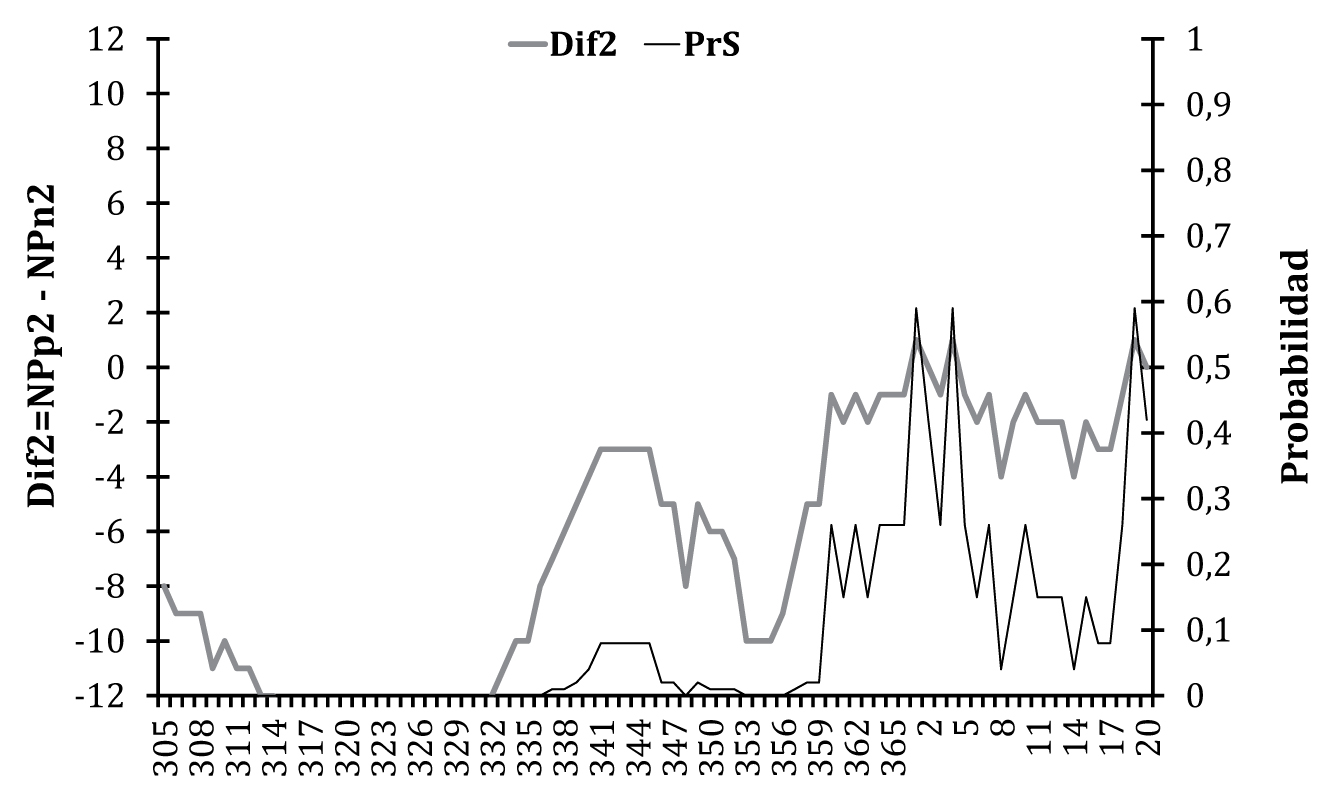Weather-based models for predicting grape powdery mildew (Uncinula necator (Schwein) Burrill) epidemics
Keywords:
powdery mildew, meteorological variables, logistic modelsAbstract
Powdery mildew, caused by Uncinula necator (Schwein) Burrill is one of the most damaging disease affecting grapevines (Vitis vinifera L.) in Mendoza and worldwide, reducing yield and fruit quality. Throughout six growing seasons (2001/02; 2002/03; 2005/06; 2007/08; 2008/09; 2009/10), powdery mildew incidence values (expressed as daily epidemic increment rates) were observed in clusters from flowering to onset of ripening (change of color of the grape berries), in a grapevine planted with the susceptible Chenin cultivar at the EEA INTA Mendoza (Luján de Cuyo). From hourly values of thermal-moisture elements recorded by upper canopy sensors, meteorological variables were calculated in the 15 previous days of each epidemic observation. Using variables which integrate the effects of air temperature and humidity and frequency of light precipitations over the epidemic progress, logistic models were adjusted for estimating the probability of occurrrence of severe, moderate and nil epidemic increment rates, reaching maximum prediction accuracy of 92.5% (two variable models, N=40). Predicted values by the univariate model (selected by Stepwise procedure; prediction accuracy: 87.5%) were validated with the epidemic curve observed during 2000/2001 growing season. These model predictions could complement epidemic observations, giving regional scale to warning systems for improving the decision making process regarding disease chemical control.
Downloads

Downloads
Published
How to Cite
Issue
Section
License
Aquellos autores/as que tengan publicaciones con esta revista, aceptan las Políticas Editoriales.










.jpg)




